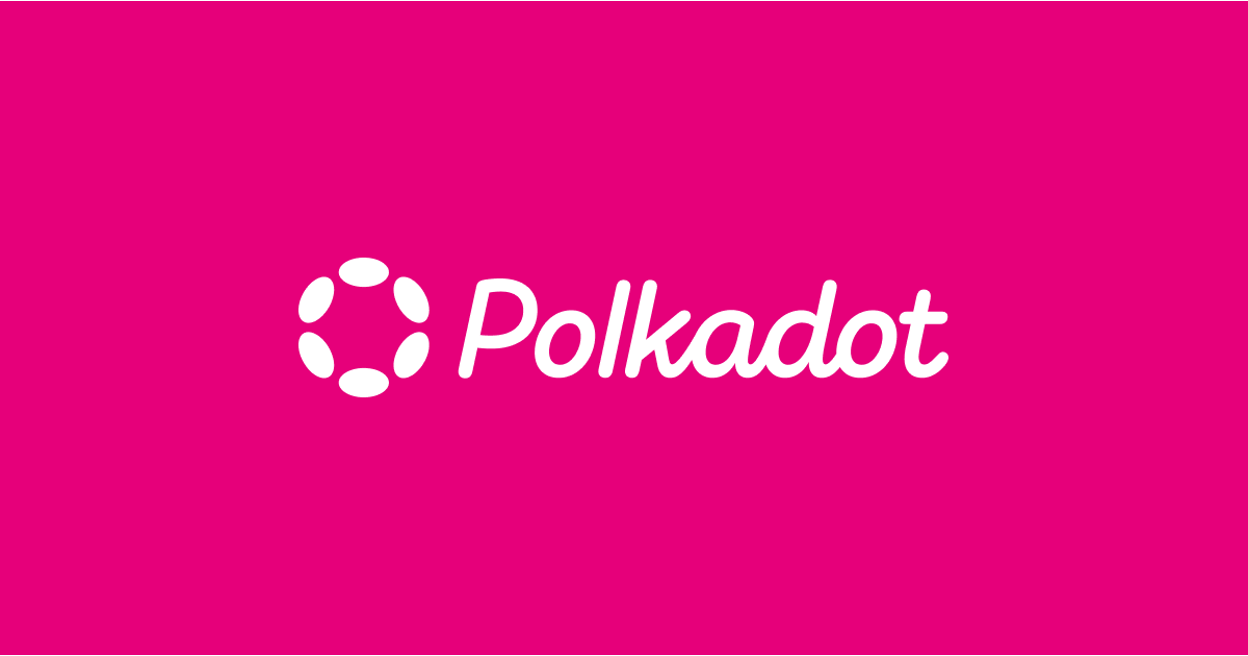
Polkadot (DOT) is a cryptocurrency jointly developed in 2016 by Gavin Wood, Peter Czaban, and Robert Habermeier, who are also one of the founders of Ethereum. DOT is a cryptocurrency that can be bought and sold on exchanges such as Coinbase and Kraken, but more importantly, DOT is a decentralized agreement that connects different blockchains that have previously operated independently, aiming to develop the "DOT ecosystem. Ecosystem".
The definition and working principle of Polkadot
Polkadot (DOT) is a public chain composed of multiple chains. This multi-chain approach solves the problems of scalability and speed that cannot be achieved by a single chain. Each chain in DOT can achieve self-management, cooperate and upgrade each other, retaining the autonomy and diversity of each chain, making the entire DOT ecosystem more powerful.
The general blockchain usually only has one large main chain, and it is not so convenient to transfer or register cross-chain with other chains. However, the goal of the DOT ecological chain is to become a cross-chain network protocol, allowing cross-chain token transfer and Calculations are easier. DOT positions itself as a next-generation blockchain protocol that can connect multiple professional chains into a universal network, so it is also often called a multi-chain network because DOT can connect networks together unlike Bitcoin. A network like Coin only operates independently.
Five major features of Polkadot
1. Interoperability
In blockchain architecture, since each project specializes in different areas, all blockchains have trade-offs to support different functions and use cases. For example: one chain might be optimized for identity management, while another might be optimized for file storage, which means the blockchain can provide better services while also improving efficiency and security by eliminating unnecessary code. .
2. Scalability
An isolated blockchain can only handle limited traffic, but because DOT is a multi-chain network ecosystem, DOT can handle many transactions on several chains at the same time, which eliminates the need for traditional blockchains to deal with each transaction one by one. Limit bottlenecks, and at the same time, this ability to process transactions simultaneously greatly improves future scalability.
3. Community autonomy
DOT is an open community governance system that coordinates network upgrades through on-chain governance to ensure that the development of DOT reflects the value of the community. The community on DOT manages the ecosystem as users see fit, experimenting with new ideas, or exchanging pre-built modules to speed up deployment. The blockchain governance model can even be continuously improved and upgraded as needs and conditions change. .
4. Forkless upgrade
DOT aims to be a truly elastic network that can adapt and upgrade itself without forking. To increase interest rates in traditional blockchains, a so-called "hard fork" is required, which is to create two An independent transaction chain, which may split the original cryptocurrency community in two, and often requires several months of work. But DOT is different from traditional blockchains. DOT can achieve fork-free upgrades on its own, allowing the blockchain to easily develop and adapt when better technologies emerge. This makes it easier for DOT to adapt to technology on the blockchain. Change and upgrade itself as better technology becomes available.
5. NPOS consensus protocol
In the DOT consensus protocol, a POS-like system is used. The system mainly has two roles: "nominator" and "verifier". In NPoS, the two roles of "nominator" and "verifier" are extremely important. The verifier is responsible for verifying transactions, and the nominator is responsible for proposing a trust list of verifiers. To become a nominator, you must hold DOT, propose a list of trusted validators, and entrust the coins to them. When the validators you trust correctly verify the transaction, the nominator can also receive rewards.
When a transaction occurs, the network will randomly select a validator for verification, and the validator mortgages DOT to obtain the right to verify, just like the general proof-of-stake mechanism. Other roles include roles such as "proofreader" and "fisherman". The former maintains the parachain by collecting users' transactions on the parachain and providing state transition certificates to verifiers; the latter is similar to the monitoring role. If any Verifiers who report dishonestly and successfully report will be rewarded.
DOT’s market outlook and regulatory risks
On the basis of multi-chain networks and ecosystems, the development potential of DOT is unlimited, because DOT can bring together the power of many blockchains, making it able to handle much larger transaction volumes than Bitcoin and Ethereum, so Polkadot Coin is expected to unify various cryptocurrencies in the foreseeable future, allowing different cryptocurrencies to be interchanged without the need for a central exchange.
In addition, DOT's management system is mature, all stakeholders have a say, and network upgrades are coordinated on the chain and independently promulgated, ensuring that the development of DOT can reflect the value orientation of the community and avoid stagnation.
But despite this, the legal environment for DOT and other cryptocurrencies is still developing. Regulators in countries around the world may formulate regulations to supervise transactions involving cryptocurrencies, although the current regulatory focus is mostly on Bitcoin, Ethereum, etc. Above traditional cryptocurrencies, if DOT continues to develop, it will also attract regulatory attention in the future. Therefore, in the long-term future, if companies or individuals intend to take advantage of the huge potential of DOT, they should seek further legal advice on the content of the DOT smart contract to be aware of the legal and regulatory risks that may arise from DOT transactions.
Conclusion: Polkadot (DOT) has become a new star in the cryptocurrency market with its multi-chain network architecture, strong interoperability, scalability, community autonomy and fork-free upgrades. Although its price is affected by market fluctuations, the potential of its technology and ecosystem cannot be underestimated. When investors consider entering this market, they should fully understand its characteristics and risks, and operate in conjunction with their own investment strategies.